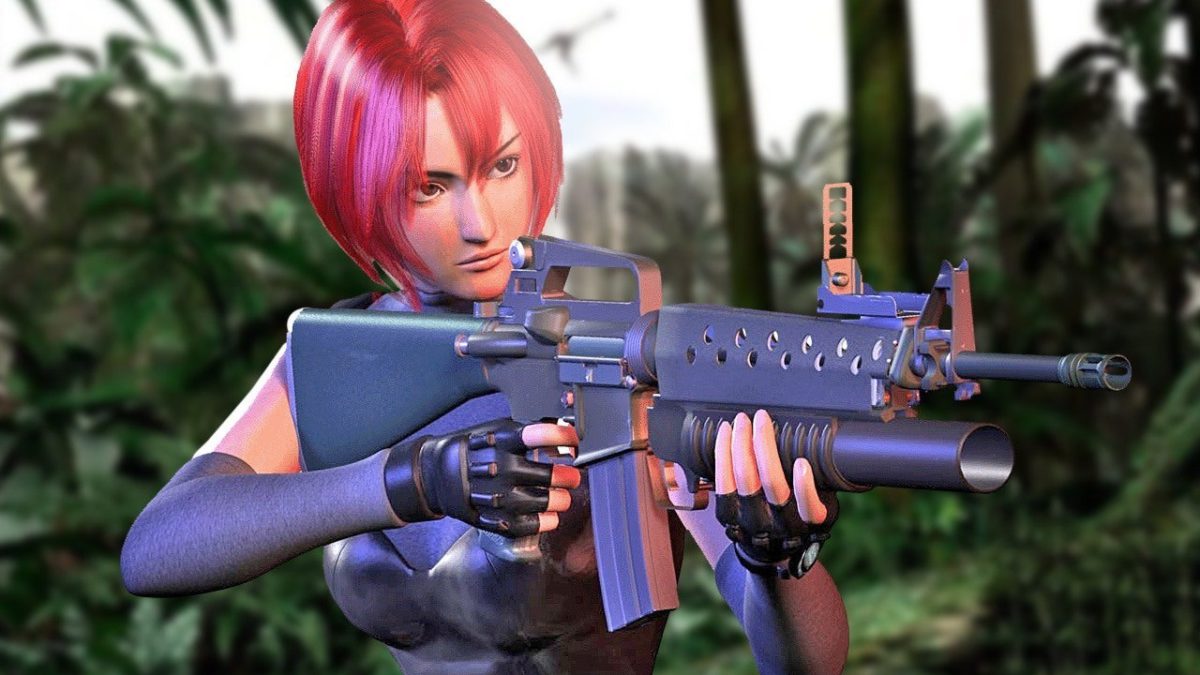Former Halo developer Bungie is facing a new lawsuit after a Louisiana man claimed the studio stole plot elements from his story and used them for content in Destiny 2.
As first reported by The Game Post, the suit (available to see in full via Scribd) accuses the game company of copyright infringement related to Destiny 2’s 2017 storyline, The Red War. Plaintiff Kelsey Martineau, who in 2013 and 2014 created work under the pen name Caspar Cole, alleges that Bungie lifted elements from a story he published on WordPress.com.
“Defendants have deliberately and intentionally copied the characters, storyline, and other protectable expression from Martineau’s works in the Infringing Game,” claims the suit filed on October 2, 2024. “Martineau has never authorized or given consent for Defendants to use their copyrighted works in the manner complained of herein.”
Martineau’s suit is aiming to halt the distribution of all content related to the storylines in question. The plaintiff is demanding a jury trial.
The claim includes a laundry list of examples from both Martineau’s work and Destiny 2 that the plaintiff claims is proof of Bungie’s wrongdoing. Included in each story are mentions of groups known as the Red Legion, with the suit pointing to character similarities between Destiny’s Dominus Ghaul and Martineau’s Overlord Yinnerah. The document goes as far as to say that both Red Legion factions “mimic one another” and that their “goals directly overlap.” It also touches on broader narrative connections, suggesting that both works “detail the rise of a young and ambitious alien with the intent of dividing and conquering Earth in order to gain strategic asset(s).”
“The creators of Destiny 2 did not independently create their version of the Red Legion but instead of have wrongfully copied Martineau’s original creation,” the suit alleges.
Bungie has yet to comment on Martineau’s copyright infringement lawsuit. Meanwhile, the game developer continues to be surrounded by a tumultuous year of business that has seen it shed hundreds of staff in layoffs and come under fire from fans. Still, the team says it remains committed to Destiny and has a “multi-year” plan to keep its sci-fi journey chugging. In September, a former Bungie lawyer said Sony is “forcing them to get their heads out of their asses.”
The Red Legion stems back to the early days of Destiny 2, which launched in 2017. In our original 8.5/10 review of Bungie’s sequel, we said, “Destiny 2’s excellent co-op and competitive shooting, rewarding loot, and strong social elements will keep us playing.”
Michael Cripe is a freelance contributor with IGN. He started writing in the industry in 2017 and is best known for his work at outlets such as The Pitch, The Escapist, OnlySP, and Gameranx.
Be sure to give him a follow on Twitter @MikeCripe.




